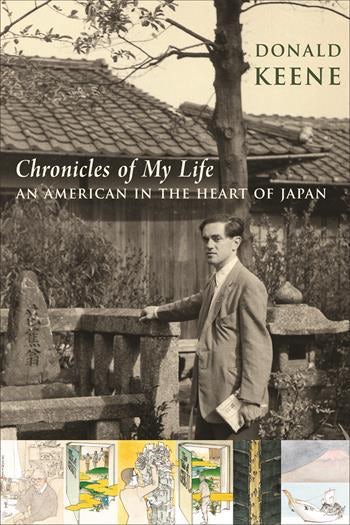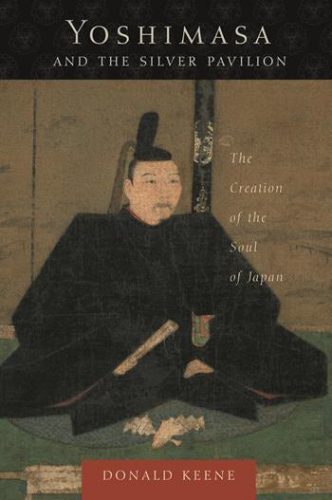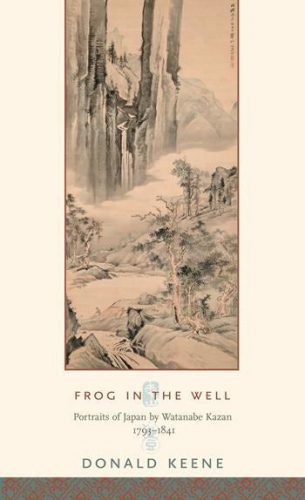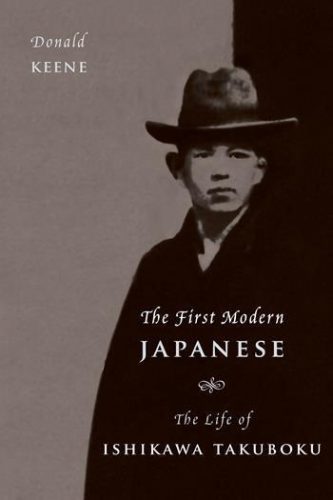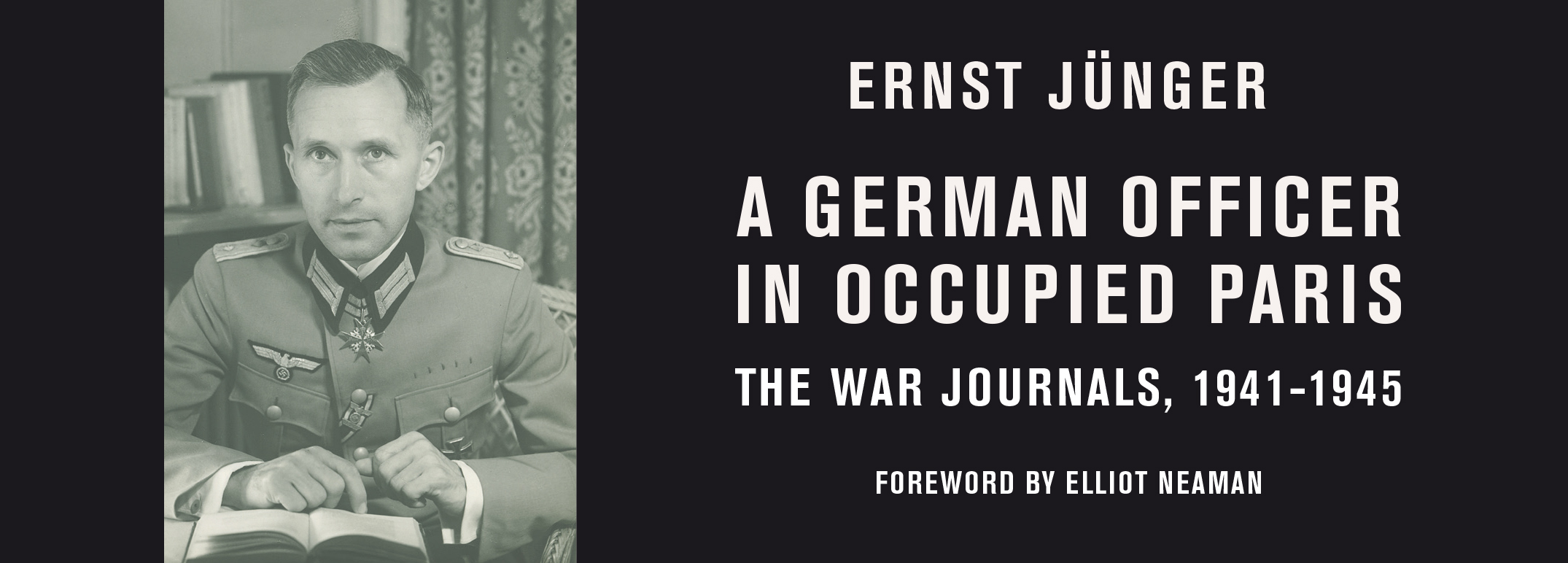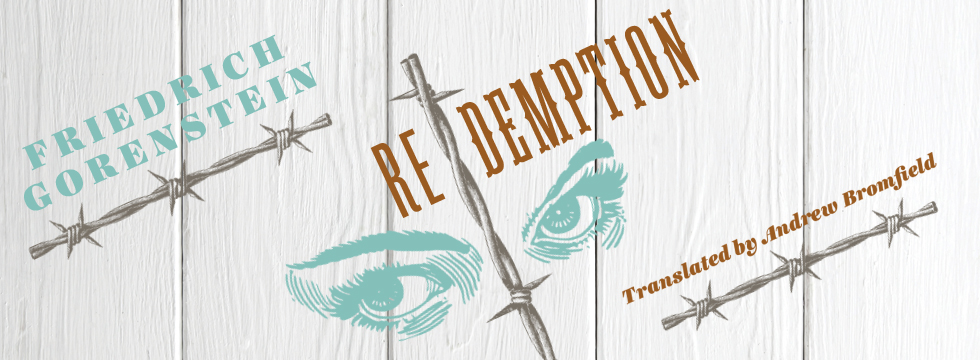Reading List: In Tribute to the Late Donald Keene
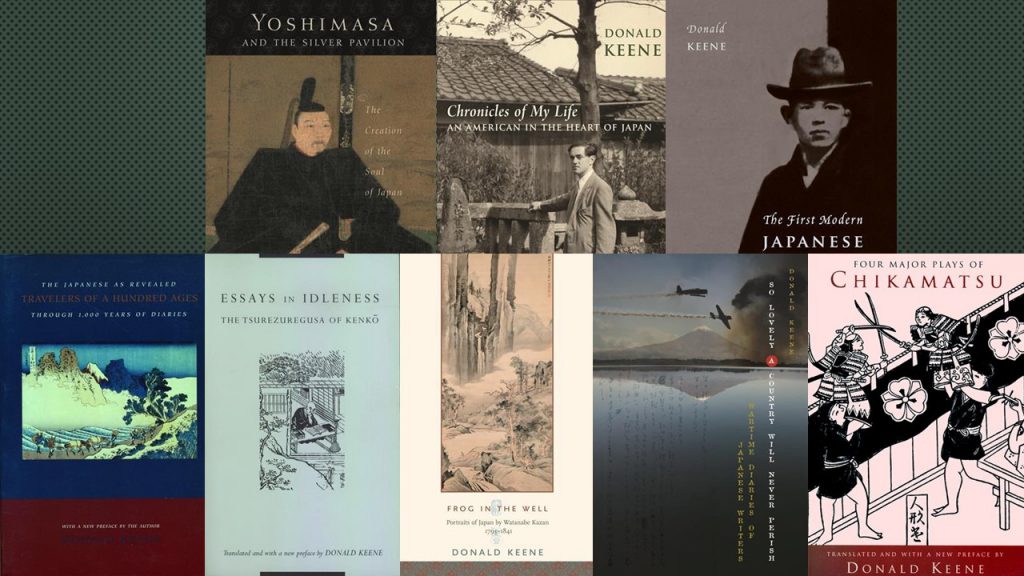
Donald Keene played a leading role in cementing Japanese literary studies in the United States and other English-speaking communities. His dedication to Japanese culture and faithful translations of fiction and diaries introduced the world to talented writers and shined a new light on the history of Japan. This evening, the Donald Keene Center of Japanese Culture will be hosting a public memorial service to honor this great scholar. To join in the tribute, we’ve put together a list of some of his prominent works.
• • • • • •
1. Chronicles of My Life: An American in the Heart of Japan
Any Keene fan should start their collection with this eloquent and wholly absorbing memoir, in which Donald Keene shares more than half a century of his extraordinary adventures as a student of Japan. Keene begins with an account of his bittersweet childhood in New York; then he describes his initial encounters with Asia and Europe and the way in which World War II complicated that experience. He captures the sights, scents, and sounds of Japan as they first enveloped him, and talks of the unique travels and well-known intellectuals who later shaped the contours of his academic career. Chronicles of My Life is not only a fascinating tale of two cultures colliding, but also a thrilling account of the emotions and experiences that connect us all, regardless of our individual origins.
2. Travelers of a Hundred Ages: The Japanese as Revealed Through 100 Years of Diaries
In Travelers of a Hundred Ages, Donald Keene translates and presents a collection of premodern Japanese diaries that is both a literary history of this genre and a source of insight into Japanese life of the last thousand years. Ranging from objective to confessional, selections such as “The Poetic Memoirs of Lady Daibu” and “Diaries of Seventeenth-Century Courtiers” offer unparalleled glimpses into the lives of diverse writers from the Kamakura dynastic period to the Tokugawa period. Illuminating the hidden and largely unknown worlds of imperial courts, Buddhist monasteries, country inns, and merchants’ houses, Travelers of a Hundred Ages is an intimate account of the diarists’ lives and a testimony to the struggles and advances of Japanese culture.
3. Four Major Plays of Chikamatsu
Chikamatsu Monzaemon wrote some 130 plays and is thought to have written the first major tragedies about the common man. In Four Major Plays of Chikamatsu, Keene translates four of his most important plays including three popular domestic dramas and one history play.
Chikamatsu’s domestic dramas are accurate reflections of Japanese society at the time: his characters are samurai, farmers, merchants, and prostitutes who speak colloquially, and who people the shops, streets, teahouses, and brothels that constituted their daily environment. Donald Keene supplements the plays with an introduction and preface to aid readers in their comprehension and enjoyment of the plays.
4. Essays in Idleness: The Tsurezuregusa on Kenkō
Donald Keene’s interest in the translation of personal writings blooms in Essays in Idleness. These essays, originally written by the Buddhist priest Kenkō, were written between 1330 and 1332, reflecting the congenial priest’s thoughts on a variety of subjects. His brief writings, some no more than a few sentences long and ranging in focus from politics and ethics to nature and mythology, mark the crystallization of a distinct Japanese principle: that beauty is to be celebrated, though it will ultimately perish. Through his appreciation of the world around him and his keen understanding of historical events, Kenkō conveys the essence of Buddhist philosophy and its subtle teachings for all readers.
5. Yoshimasa and the Silver Pavilion: The Creation of the Soul of Japan
Yoshimasa may have been the worst shogun ever to rule Japan. He was a failure as a soldier, incompetent at dealing with state business, and dominated by his wife. But his influence on the cultural life of Japan was unparalleled. According to Donald Keene, in Yoshimasa and the Silver Pavilion, Yoshimasa was the only shogun to leave a lasting heritage for the entire Japanese people. Yoshimasa redefined Japanese aesthetic as he brought Japanese gardens, tea ceremonies, ink paintings and other cultural visuals to major importance. Even the most barbarous warlord came to want the trappings of culture that would enable him to feel like a civilized man.
6. So Lovely a Country Will Never Perish: Wartime Diaries of Japanese Writers
Through the translation of WWII era diary entries in So Lovely a Country Will Never Perish, Keene offers an intimate portrait of well known Japanese writers. Their revelations were sometimes poignant, sometimes shocking to Keene, presenting an opposing opinion to what was openly shared. Ito Sei’s fervent patriotism and even claims of racial superiority stand in stark contrast to the soft-spoken, kindly man Keene knew. Weaving archival materials with personal recollections and the intimate accounts themselves, Keene reproduces the passions aroused during the war and the sharply contrasting reactions in the year following Japan’s surrender. Whether detailed or fragmentary, these entries communicate the reality of false victory and all-too-real defeat.
7. Frog in a Well: Portraits of Japan by Watanabe Kazan, 1793-1841
Frog in the Well is a vivid and revealing account of Watanabe Kazan, one of the most important intellectuals of the late Tokugawa period. From his impoverished upbringing to his tragic suicide in exile, Kazan’s life and work reflected a turbulent period in Japan’s history. He was a famous artist, a Confucian scholar, a student of Western culture, a samurai, and a critic of the shogunate who, nevertheless, felt compelled to kill himself for fear that he had caused his lord anxiety. Donald Keene paints a fascinating portrait of the social and intellectual milieus of the late Tokugawa period. Richly illustrated with Kazan’s paintings, Frog in the Well illuminates a life that is emblematic of the cultural crises affecting Japan in the years before revolution.
8. The First Modern Japanese: The Life of Ishikawa Takuboku
Many books in Japanese have been devoted to the poet and critic Ishikawa Takuboku (1886–1912). Although he died at the age of twenty-six and wrote many of his best-known poems in the space of a few years, his name is familiar to every literate Japanese. Takuboku’s early death added to the sad romance of the unhappy poet, but there has been no satisfactory biography of his life or career, even in Japanese, and only a small part of his writings have been translated. Donald Keene makes up for the missing links in The First Modern Japanese with the translation of Takuboku’s diaries and letters, and history of the regarded writer’s life in Japan.
Explore more of Donald Keene’s work and save 30% when you order from our website by using coupon code: CUP30 at checkout!
Categories:National Translation MonthReading ListTranslation
Tags:Chikamatsu MonzaemonChronicles of My LifeDonald KeeneEssays in IdlenessFour Major Plays of ChikamatsuFrog in a WellSo Lovely a Country Will Never PerishThe First Modern JapaneseTravelers of a Hundred AgesWWIIYoshimasa and the Silver Pavilion

